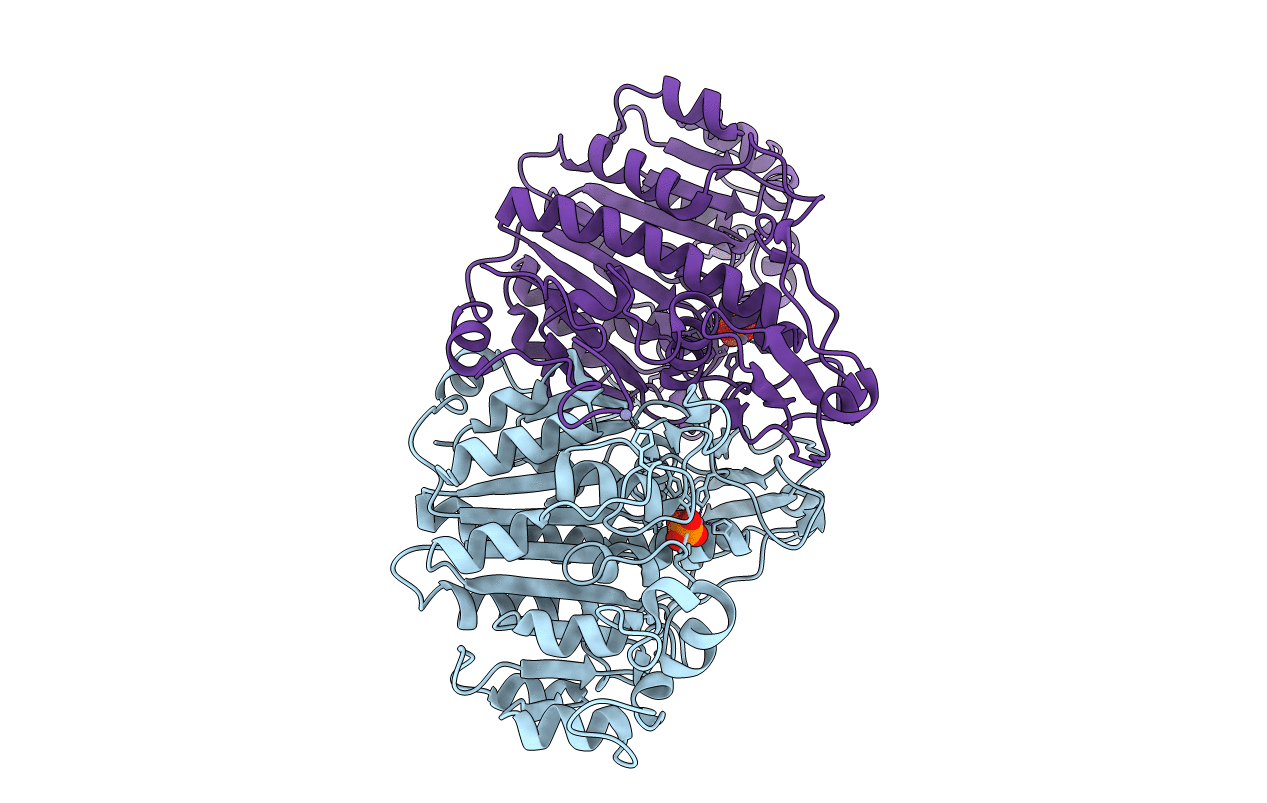
Deposition Date
2008-07-25
Release Date
2008-10-21
Last Version Date
2024-10-30
Entry Detail
PDB ID:
3DYC
Keywords:
Title:
Structure of E322Y Alkaline Phosphatase in Complex with Inorganic Phosphate
Biological Source:
Source Organism:
Escherichia coli (Taxon ID: 562)
Host Organism:
Method Details:
Experimental Method:
Resolution:
2.30 Å
R-Value Free:
0.24
R-Value Work:
0.18
R-Value Observed:
0.18
Space Group:
P 63 2 2


